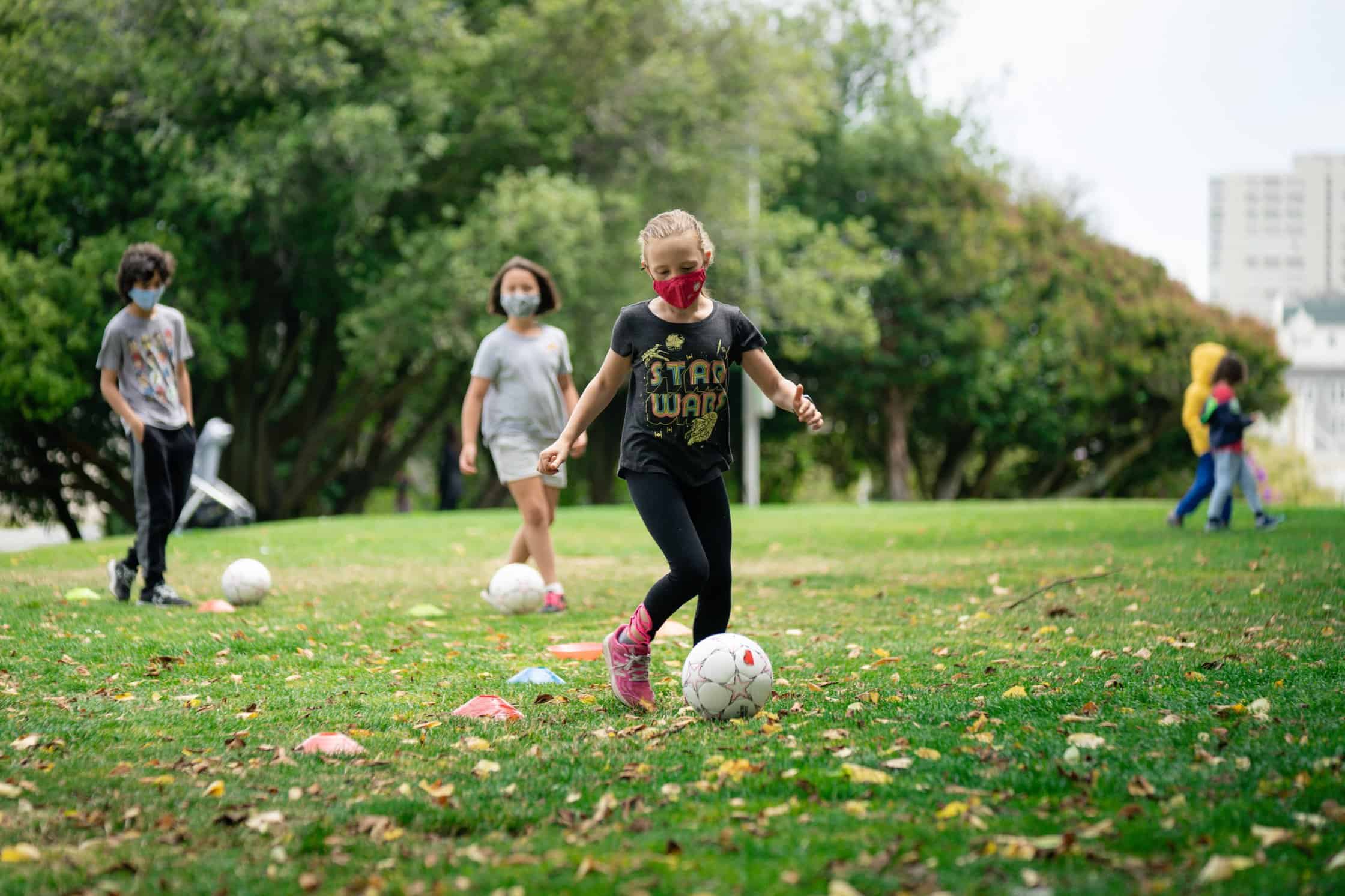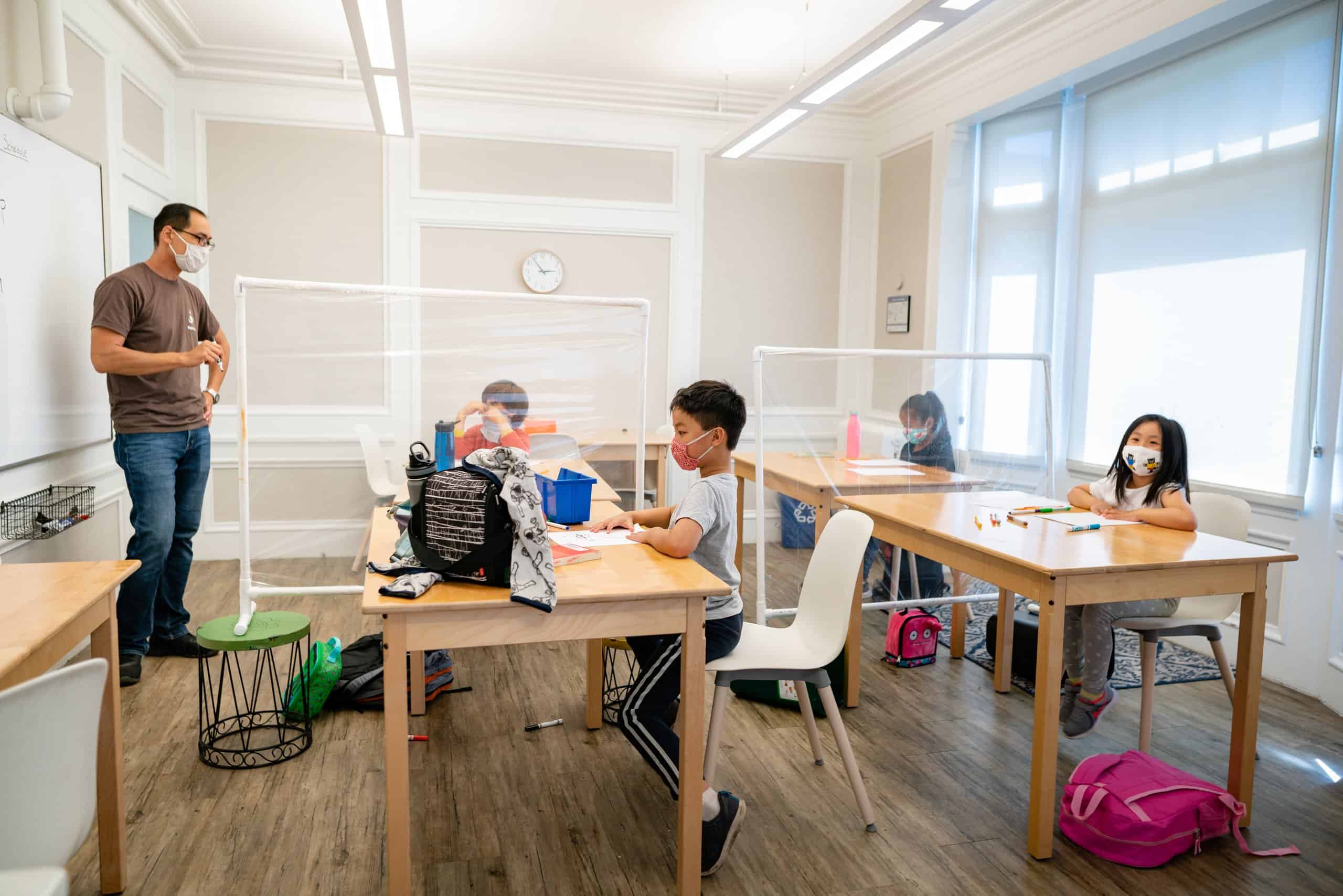Structured Recess: What Is It and Why Is It Important?

In a country where 19% of children under the age of 19 are obese or overweight, physical activity has never been more important. Parents are demanding an outlet for their children to take a break, burn some calories or blow off steam. They recognize the benefits. All over the country, moms and dads are calling for daily breaks from academics in school. Structured recess can provide this in a unique way.
Background: A Demand
According to several studies, fewer than 1 in 3 American children get enough exercise per week. Many factors are responsible for this lack of physical activity. For instance, students spend more time in front of screens (phones, laptops, streaming services, etc.) than ever before.
We also start when kids are young, as a society, in prioritizing school work. Preparing for tests and completing weekly homework assignments begin as early as kindergarten.
On top of that, youth sports are increasingly competitive. In many areas, lower income parents find extracurricular options exclusive and expensive. This limits athletic involvement in children who need it most.
In 2015, two moms in Orlando, Florida, saw frustration growing in their young children. After some research, Angela Browning and Amy Narvaez discovered their elementary school had done away with recess. These dedicated moms spent the following two years learning the legislative process, contacting lawmakers and building awareness among other parents.
In 2017, they successfully petitioned the Florida legislature and recess became mandated in that state.
Browning said, “We were upset that our children weren’t getting what they needed. We were determined to get to the bottom of it and to change it.”
Organized play and exercise
Unstructured, free and open playtime in many schools can lead to negative results. For example, some students spend the time talking rather than moving. Other kids feel shut out of activities and don’t participate.
As a result, more schools are opting for a structured recess.
This allows children to socialize and have fun while providing a sense of order. Kids can still visit with friends and experience some precious down time. Yet they are still required to participate in activities according to their level and ability.
Grown-up involvement
Structured recess requires adult supervision. Qualified adults guide the action with some authority and this establishes boundaries. As a result, kids understand expectations for their behavior.
Nearby coaches and instructors are also there to provide needed guidance on several levels.
For example, they model appropriate behavior. They demonstrate how to effectively communicate both verbally and non-verbally. Reinforcing positive interactions during playtime ensures the activities remain open to all kids. Clear guidelines help children interact together in a more positive manner.
Rather than sending kids outside to fend for themselves, supervising them encourages mutual respect. As they learn and follow established game rules for fair play, results include good sportsmanship and teamwork.
Improved school culture
These kinds of programs place an emphasis on good mental health. If children are secure and happy, they participate more in class, make better grades and score higher on achievement tests.
Students with regular access to fitness activities learn many different ways to express themselves. They have higher self-confidence and make healthier eating choices. And they get along more cooperatively with their peers.
Schools that stress appropriate physical activity tend to have fewer behavior disruptions, fights and bullying complaints. The whole school benefits from a positive mindset among its student population.
A more accepting community
Structured recess also contributes to an accepting, tolerant environment outside school.
Most adults support the idea that every child deserves a quality education. This includes children who process information and emotions in non-normative ways. We value diversity because schools are stronger when differences among its students are embraced.
Understanding and tolerance can affect positive change everywhere. But it often starts on the playground.
Structured recess welcomes
Not every child is athletic, but all children benefit from physical activity. First, they must be encouraged. Structured recess allows kids to play in a supportive, inclusive environment.
Schools, parents and students are choosing programs that value teamwork, cooperation and movement over competition. These aren’t games or tournaments that require winners and losers. This is recess. A philosophy of involvement ensures even kids who truly dislike sports can still stay fit and active.
Kinder atmosphere
Too many adults remember the playground as a place of toxicity.
They think back to their childhood and recall an environment where bullies may have reigned supreme. Rules might have been ignored altogether.
It doesn’t have to be that way for today’s children. Structured recess can make for a more peaceful playground.
A place where kids have fun and make good friends.
Structured recess = quality recess.
William Massey, an assistant professor of health and human sciences at Oregon State University, supports this idea.
In other words, students need good quality recess every day to enjoy good quality mental and physical health.
Parents don’t have to accept recess options that drop kids into an unknown environment. They have choices now. Structured recess can better encourage activity, involvement and appropriate behavior.
Click here to learn more about KidzToPros and their structured recess programs near you.



0 Comments